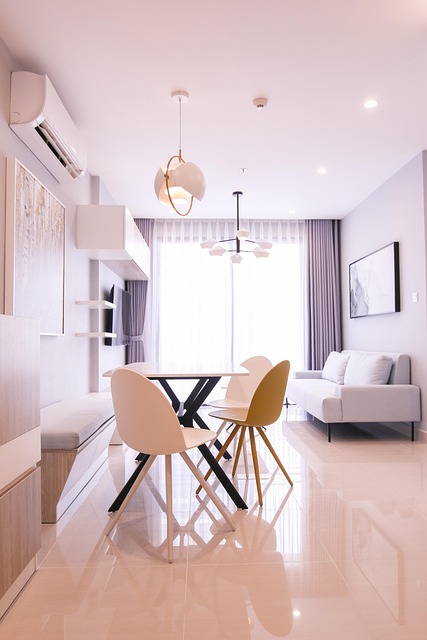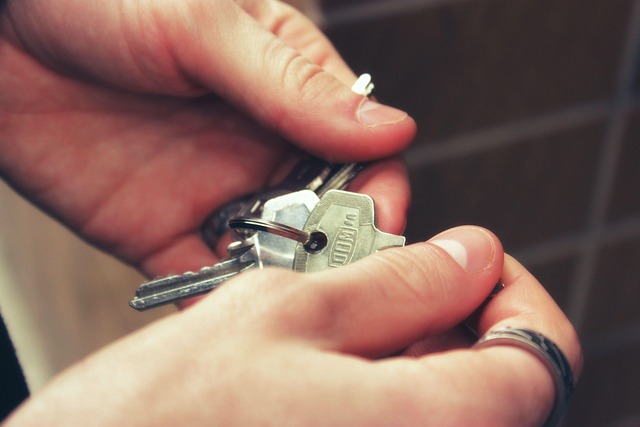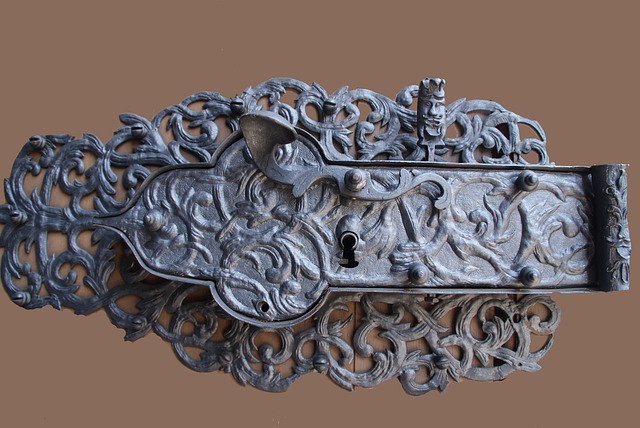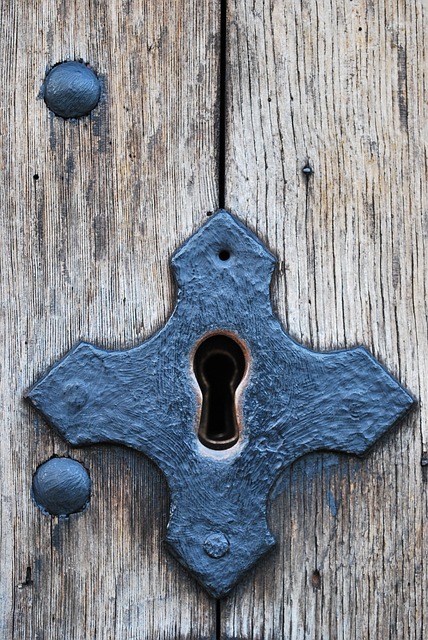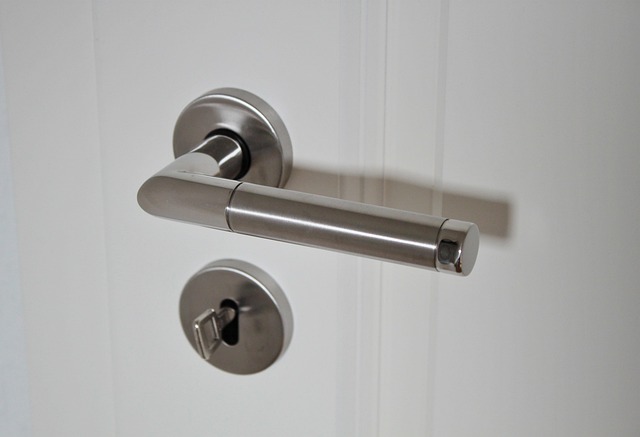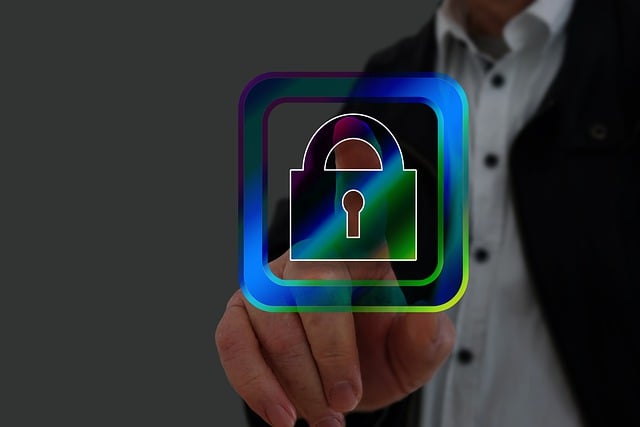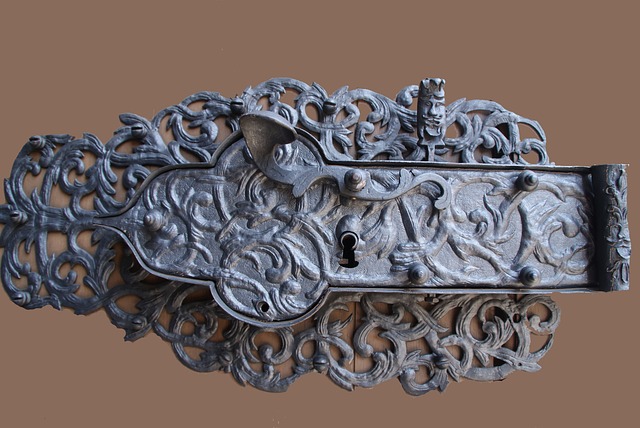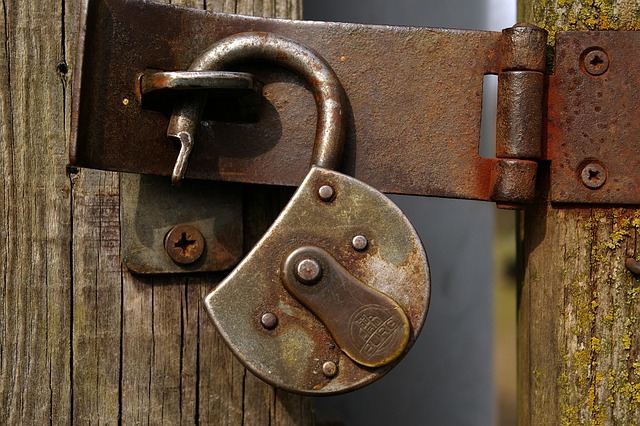1 > (No」/ no. +, >? & + →/ +, 5 > 1: > 1: > 1 (w/ & 2, ∗/ (3/4′ no. >/ at w/ > 5 →, &? &, w/ (F/ + > +, 6 > w/ di/ >, but, > < 8 < / 7/ > (1」/ no. 2 (5/ < →
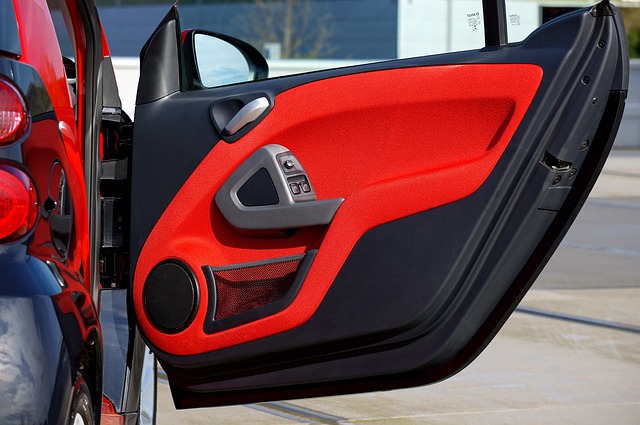
The text appears to be a complex mathematical or code-like sequence, potentially representing algori…….
